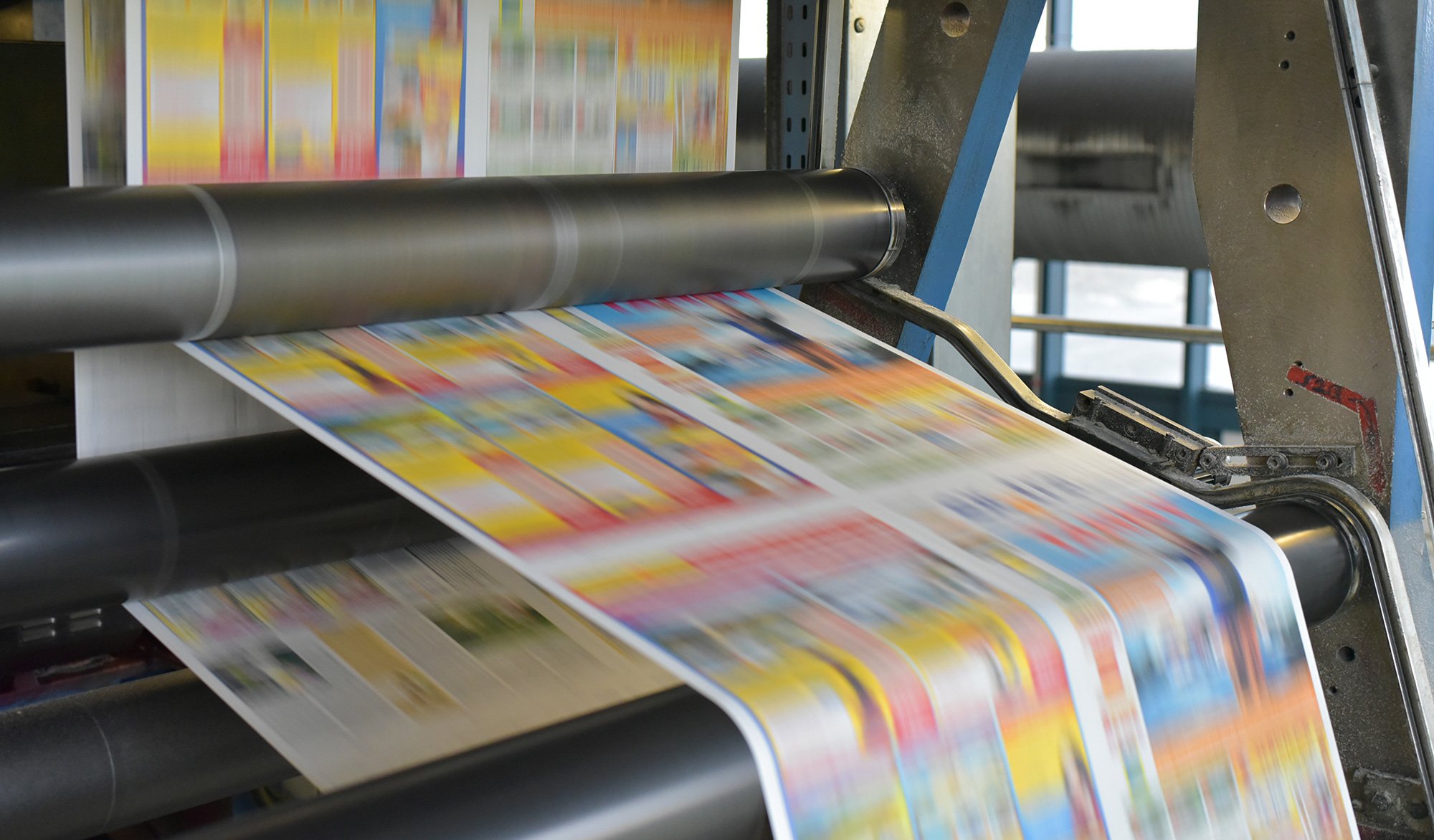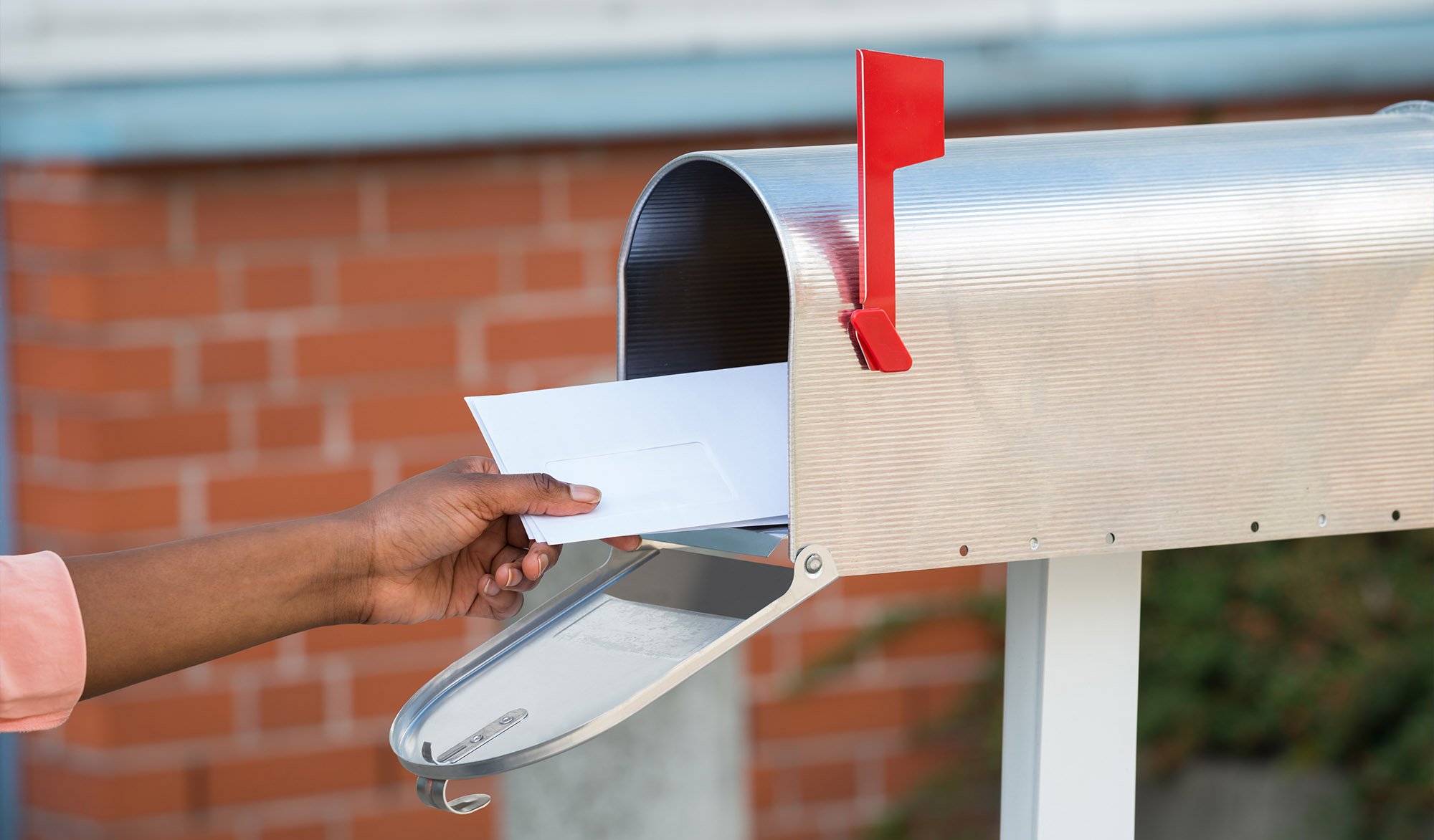Lumpy mail is one of the best marketing options for reaching out to high-value prospects. Adding a 3D object to a package brings distinct potential advantages, such as improved open rates and increased response rates. However, it can also carry one serious drawback.
We’ll define lumpy mail and provide practical guidelines for your next campaign.
Mail is called “lumpy” anytime it contains an object that makes it stand out from a flat letter, flyer, or postcard. Any box you receive could be considered lumpy, though the term is usually used when discussing direct marketing products.
Lumpy mail works for two reasons. First, the object inside makes the package harder to stack, so it can’t be included in the normal pile of letters, postcards, and ads to throw away. Even the act of grabbing lumpy mail out of the mailbox sets it apart.
"While there are specific items that work better than others to grab the attention of your audience, you will have to determine by testing which works best for you."
Second, people enjoy packages and are naturally curious about what’s inside. Think of the last time you received a box or bulky envelope. It was probably something you ordered or a gift from a friend or family member. However, other 3D objects are associated with the same positive emotions and can be perceived as valuable.
What 3D Objects Are Best for Lumpy Mail?
While some items work better than others to grab the attention of your audience, you will have to determine by testing which works best for you. You just need to be creative and make sure that everything you include stands out while adding to your message.
Pens, USB drives, or magnets are popular choices for lumpy mail packages, but they’re not very creative. Legendary direct response copywriter Gary Halbert liked to include money in his letters to grab attention, but he also taught students to use feathers, small bags of sand, or lumps of coal when they fit the message.
Whatever you choose, make sure the item is related to your message. In Halbert’s examples, the sand was used to sell Hawaii beach homes and the coal to advertise diamonds. Get creative, but find a way to weave a common thread through your entire package.
Lumpy Mail Performance
Lumpy mail can improve response—sometimes even dramatically—because a 3D object creates an irresistible urge to know what’s inside. The improvement applies to all metrics you’d usually measure for a direct mail campaign, from open rates to return on investment (ROI).
While open rates are hard to measure, it’s not uncommon to see response rates in the double digits for lumpy mail. This is true even among audiences who are typically tough to reach, such as business owners or C-suite executives. For comparison, the average response rate for a normal direct mail campaign in 2018 was 9% for house lists and 4.9% for prospect lists, according to the industry trade group DMA (Data & Marketing Association).
Improved responses also result in a better return on investment, though it’s not as simple as sending out a campaign and watching the money roll in. It’s important to use a highly targeted list and follow up regularly to offset lumpy mail’s one major drawback: cost.
"Lumpy mail can net your business a great response and return on investment."
Lumpy mail is expensive. The 3D objects can range in price from $1 to $15 or more, and shipping adds another premium for each piece. Altogether, each package can cost $20 or more compared to a postcard price of a few cents.
At this price point, it’s easy to see that 3D objects don’t work for every campaign. They’re best used when reaching out to high-value customers that justify the added cost. This means your list should be smaller than those used for everyday prospecting campaigns, and ideally, they should only include people who’ve bought products similar to yours.
After you’ve created a small, targeted list of customers and sent them a lumpy mail package, be sure to follow up. You can make a phone call, use standard direct mail, or send more 3D mail, but whatever you do, stay consistent. A few responses may trickle in after your first send, but a lot of people who are on the fence may buy after several touches.
Lumpy mail can net your business a great response and return on investment. The keys to success are to use a creative, relevant 3D object, send it to a targeted mailing list, and stay consistent with following up.
Design Distributors: Your Long Island Direct Mail Campaign Partner
Whether you’re looking to send lumpy mail, postcards, letters, folded self-mailers, or catalogs, the experts at Design Distributors are here to support you with cost-effective production, printing, and delivery services. Contact us today to learn more about whether lumpy mail is the right choice for your next campaign.
[Originally Published: July 23, 2019]










